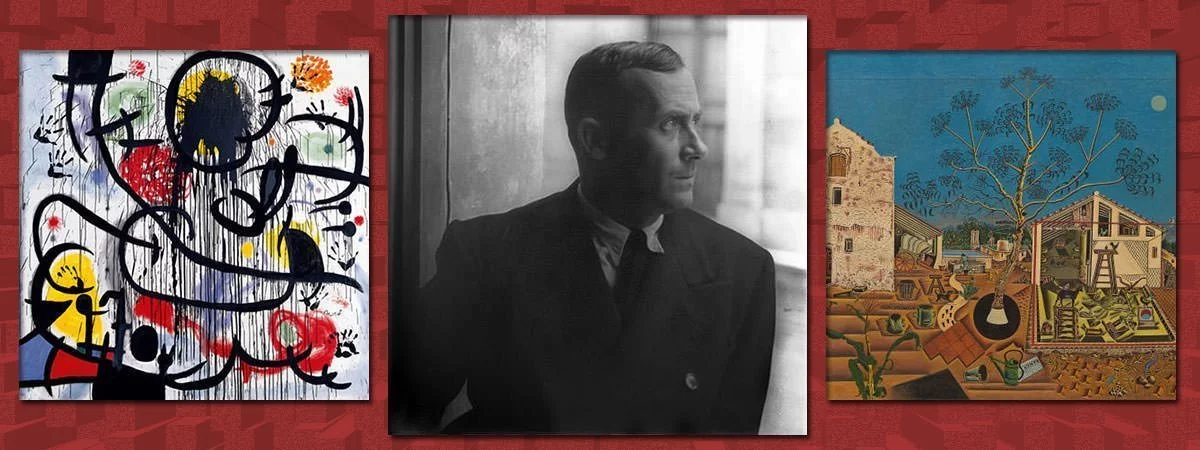Born on 20 April 1893 in Barcelona, Joan Miro i Ferra was an internationally acclaimed Catalan Spanish painter. Known for his work in the Surrealism art movement and for being a forefather of the Abstract Expressionism art movement, Joan Miro is considered a revolutionary painter. Here are 10 interesting facts about him.
#1 HIS FAMILY WANTED HIM TO GIVE UP ART
Apart from pursuing art, Joan Miro also went to a business school. In 1910 at the age of seventeen, he finished his business schooling and started working for a hardware and chemical company although he used to make drawings in account books. His family wanted him to give up art for office work and he had several fights with them over the issue. During this period, Miro suffered a minor nervous breakdown which was followed by a bout of typhoid fever. This convinced his father that he was not suited for office work. Miro devoted himself entirely to art and in 1912 he joined the Gali Art Academy in Barcelona.
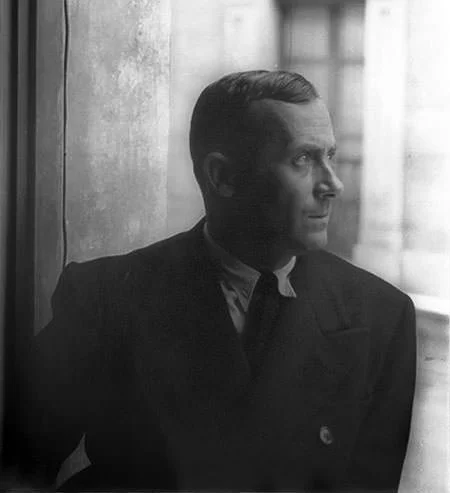
#2 HIS INITIAL WORK WAS RIDICULED
The first solo exhibition of Joan Miro was held in 1918 at the Dalmau Gallery in Barcelona, Spain. However his work was ridiculed by critics and the public alike. Some even went to the extent of damaging it. Negative response to his art and the fact that he was drawn towards Cubism and Surrealism made Miro move to Paris in 1920. However he still spent his summers in Catalonia.
#3 HE WAS INSPIRED BY VAN GOGH AND CEZANNE
Miro’s initial works were inspired by Vincent van Gogh and Paul Cezanne, which were followed by works in Magic Realism. His paintings Tilled Field (1923-24) and The Hunter (Catalan Landscape) (1924) were the first ones to be classified as Surrealist. In the mid-1920s Miro developed symbolism which remained a feature of his art throughout his career.
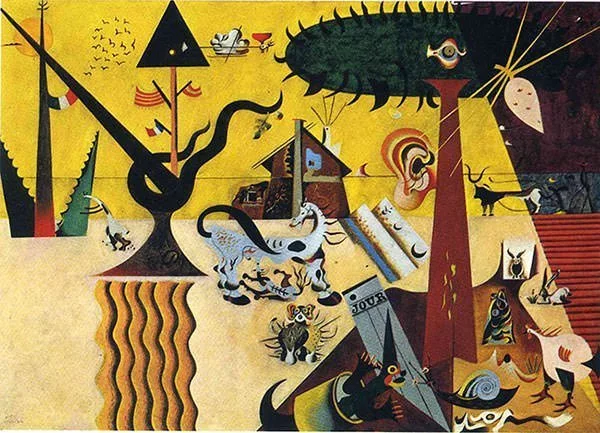
#4 ERNEST HEMINGWAY WAS A FAN OF MIRO
In 1921-22, Miro painted The Farm, which is one of his most famous paintings. Miro called it “a summary of my entire life in the countryside”. Ernest Hemingway, who was his boxing partner at a local gym, later bought this painting and compared its artistic accomplishment to James Joyce’s Ulysses. Ernest described The Farm as, “It has in it all that you feel about Spain when you are there and all that you feel when you are away and cannot go there. No one else has been able to paint these two very opposing things.”
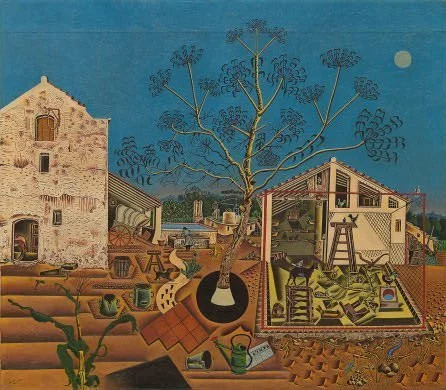
#5 DURING WW2, HE NARROWLY ESCAPED THE GERMAN FORCES
On October 12, 1929, Miro married Pilar Juncosa and in 1931 his only child Dolors was born. Miro and his family remained in Paris after the outbreak of the Spanish Civil War in 1936. After the outbreak of the Second World War in 1939, he moved with his family to Varengeville. On May 20, when the German forces advanced, he managed to get on the last train to Paris with his family and from Paris they miraculously found room on the last train to Spain
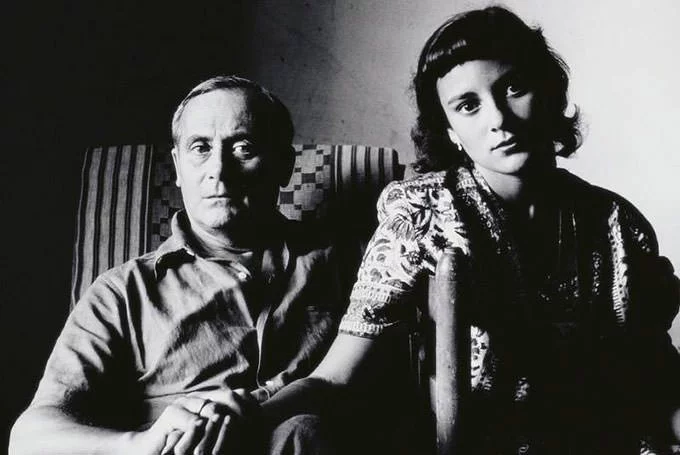
#6 MANY Of His Works Had POLITICAL SYMBOLISMS
Joan Miro was politically engaged and this reflects in many of his works. His painting May 1968 was inspired by the protests in France against capitalism, consumerism and traditional institutions in May 1968. The painting is also noted for being blackened by Miro like a few of his works.
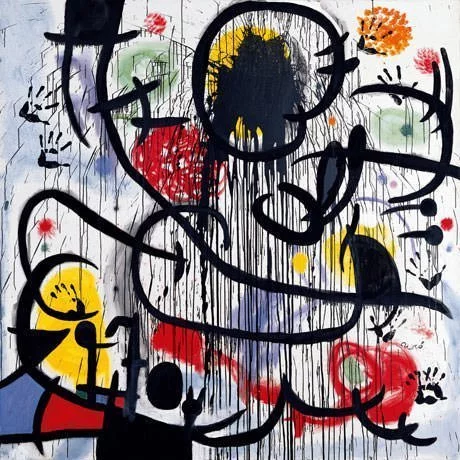
#7 He BURNT HIS CANVASES IN ONE OF HIS SERIES
In his later years Miro switched between art and what he called anti-art. Anti-art is evident in his 1973 series of 5 paintings termed the “Burnt Canvases” series. These paintings involved a complicated process of multiple stages of cutting, puncturing, burning, treading on the canvases, and painting and repainting. They were inspired, he says, by an attack by youths on the Stock Exchange and criticism of the art establishment.
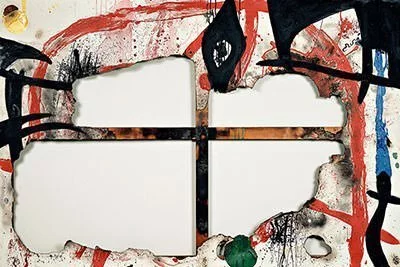
#8 9/11 ATTACKS DESTROYED HIS WORLD TRADE CENTER TAPESTRY
Miro had been suggested to make a tapestry for the World Trade Center but he declined as he had no experience of making a tapestry. However, he made a tapestry for a hospital that helped his daughter to recover from an accident. Having learned the technique, Miro partnered with Josep Royo to create the World Trade Center Tapestry, which was known for its abstract design and bright colors. The tapestry was one of the most expensive works of art lost during the September 11 attacks.
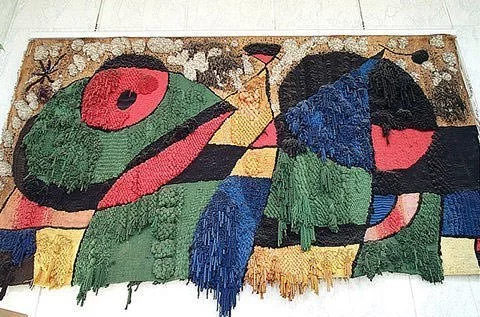
#9 He IS CONSIDERED A PIONEER OF SURREALISM
Joan Miro died from heart disease on December 25, 1983. He was one of the first artists who developed automatic drawing to undo traditional techniques in painting, and hence, along with Andre Masson, represented the beginning of Surrealism as an art movement. Miro’s work is also considered a precursor to Abstract Expressionism and he is regarded as the forefather of that art movement. Hence Miro was an essential part of the two most dominant art movements of the twentieth century.
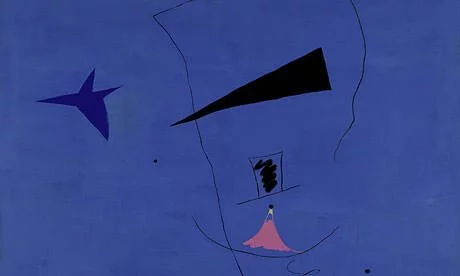
#10 HiS MOST EXPENSIVE PAINTING EVER SOLD IS PEINTURE (BLUE STAR)
In June 2012, Joan Miro’s 1927 work ‘Peinture’ (Etoile Bleue or Blue Star) was sold for more than £23.5 ($37) million in London and to date it remains a record price for the artist at auction. The previous record was $26.6 million for his 1925 work Painting-Poem.

